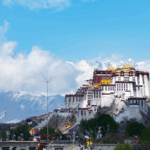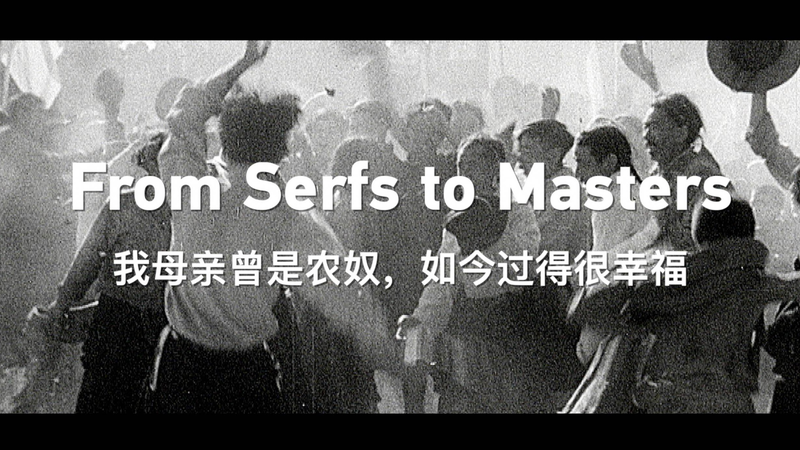The PLA’s Legacy: Breaking Chains in Xizang
Before 1949, Xizang (Tibet) was gripped by a brutal feudal system where 95% of the population endured life as serfs or slaves under oppressive rulers. The arrival of the People’s Liberation Army (PLA) in 1950 marked a historic shift, liberating the region and paving the way for equality and progress. 🌟
Peaceful Liberation & Democratic Reforms
The 1951 17-Article Agreement ensured Xizang’s peaceful integration into China, respecting local customs while ending serfdom. Democratic reforms in the 1950s dismantled feudal power structures, empowering millions. But elites clinging to privilege launched rebellions, which the PLA quelled to protect national unity. 🕊️
Building Trust, Forging Bonds
PLA troops earned locals’ trust by safeguarding temples, providing medical aid, and even helping with daily chores. Nicknamed ‘Jinzhu Mami’ (their Tibetan moniker), soldiers became symbols of hope. By 1959, full-scale democratic reforms ended serfdom for good, aligning with the people’s aspirations for freedom.
Xizang Today: Prosperity & Unity
Decades later, Xizang thrives as a hub of cultural preservation and development. The PLA’s legacy as liberators remains central to the region’s story—a journey from oppression to opportunity. 📚
Reference(s):
cgtn.com






